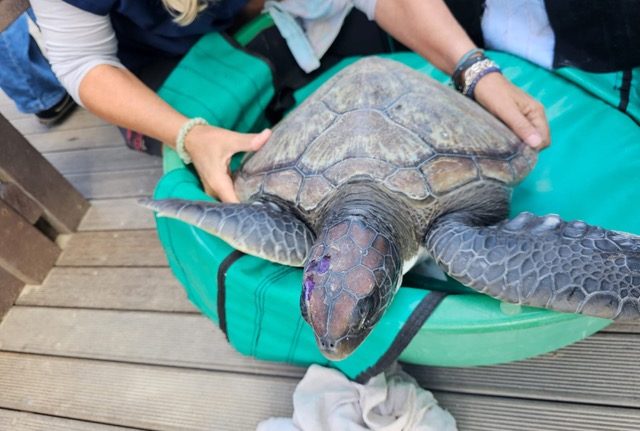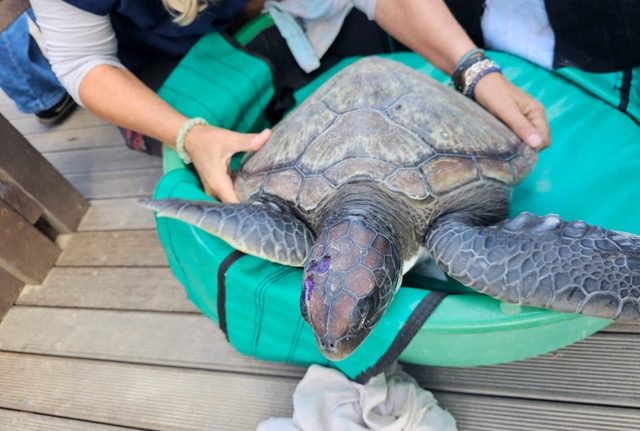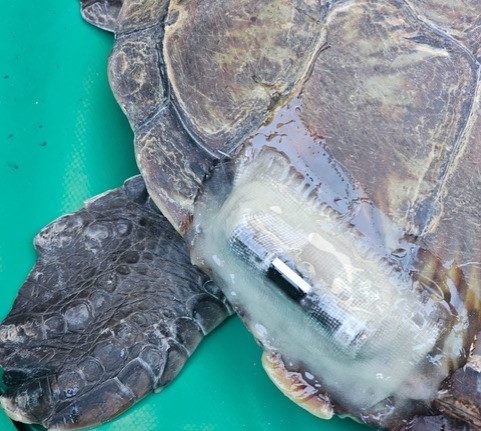In celebration of World Sea Turtle Day (16 June 2023), the Two Oceans Aquarium Foundation’s Turtle Conservation Centre, with the support of the Morukuru Family De Hoop and Morukuru Goodwill Foundation, has selected the De Hoop Marine Protected Area (MPA) of the De Hoop Nature Reserve as the latest release site for rehabilitated turtles.
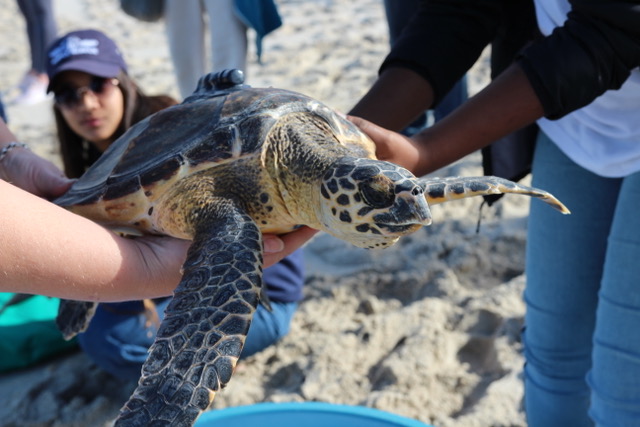
On 3 May, for the very first time, the team released two (green) turtles Amigo and Zelena into the De Hoop MPA. Both turtles were rescued off this stretch of coast and this release gifted them a second chance of life in the wild.
Great anticipation hung in the air as the De Hoop turtle release had been a long time in the making. Cape Nature Rangers, who have supported the rescue of many turtles, gently lifted Zelena and carried her to the water’s edge. She took a deep breath, a few strong flipper movements, and swam into the breaking waves.
Proud supporters of the Turtle Conservation Centre and adopters of Amigo, Ed and Anka Zeeman, owners of Morukuru Family and founders of the Morukuru Goodwill Foundation, carried Amigo down to the water. He was eager to join Zelena, following her example as he quickly swam under the surface.
Watch Amigo and Zelena’s release here:
Turtle Release De Hoop Nature Reserve from Morukuru Family on Vimeo
This first trial release went incredibly well and confirmed to the team that the release programme could comfortably continue in the De Hoop MPA. Guided by initial research, the team set out clear guidelines for future releases. Juvenile or young green and hawksbill turtles would probably explore the coastal waters, making them the ideal candidates for release and research in a location like De Hoop.
On 24 May 2023, the team returned to De Hoop, celebrating three more successful turtle rescues and releases.
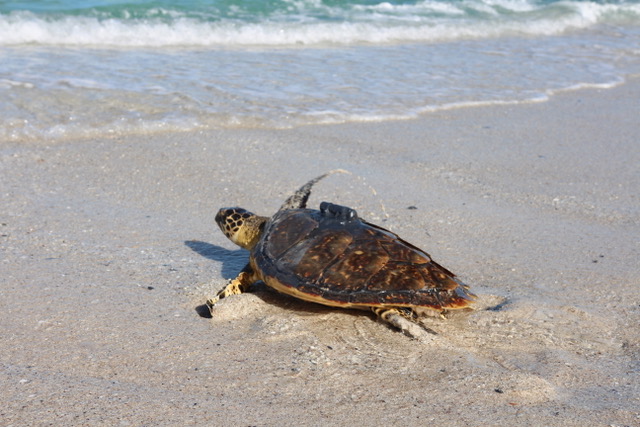
‘Learning from our time spent in De Hoop, we selected three turtles for the second release. Two hawksbills (Siriti and Amber) and one green turtle (Coral) were cleared by our vets and matched the guidelines,’ said Talitha Noble, the Conservation Manager at the Two Oceans Aquarium Foundation’s Turtle Conservation Centre.
Declared an MPA in 1985, the value of De Hoop’s marine environment has been recognised for some time. More recently, though, the secret of De Hoop’s magic lies in what it has to offer turtle conservation along the southern coast of South Africa.
At first, there were occasional aerial sightings of foraging turtles in the coastal seagrass beds of De Hoop, followed by photos of these turtles spending time in the surf zone, and eventually stranded turtles washing up in the shallows. It became clear that turtles are regularly spotted in this area. In the last eight years, the Turtle Conservation Centre has received seven live green juvenile/sub-adult turtles from De Hoop, with the beloved Bob as the most well-known.
ALSO READ: Two Oceans Aquarium reveals Bob the turtle is a girl!
‘One of these turtles, Litchi, was rescued from De Hoop in February 2021 and released off Cape Point 11 months later with a satellite tag. She headed straight for De Hoop and is still there 17 months later!’ noted Tracy Whitehead, Turtle Rescue Network Coordinator.
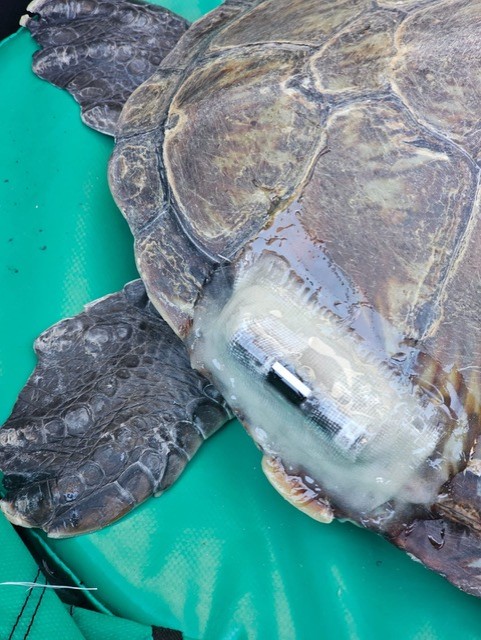
In partnership with the South African Institute for Aquatic Biodiversity (SAIAB)’s Acoustic Tracking Array Platform (ATAP), the Two Oceans Aquarium Foundation’s Turtle Conservation Centre fixes small, frequency-emitting tags on released turtles. All along the South African coastline, there are acoustic receivers that capture these frequencies when the animal swims past.
One of the main benefits of De Hoop for turtle conservation is that, in this area alone, there are six active receivers. This is hopeful for future releases, as green and hawksbill turtles such as Amigo, Zelena, Coral, Siriti, and Amber tend to be coastal in the late juvenile stage. A coastal array of receivers is therefore likely able to pick up their movements successfully.
‘In the years to come, we will hopefully gain invaluable insight into the coastal movement and behaviours of these sea turtles and their use of the De Hoop coastline,’ said Talitha Noble.
What’s going on in De Hoop? Is it a regular foraging spot for young green turtles? Are they as abundant in other areas of the Western Cape? What about hawksbills – do they visit here? These are just some questions the research team hopes to answer in their turtle conservation work at De Hoop.
Follow us on social media for more travel news, inspiration, and guides. You can also tag us to be featured.
TikTok | Instagram | Facebook | Twitter
ALSO READ: Researcher breaks world record by spending 100 days underwater









